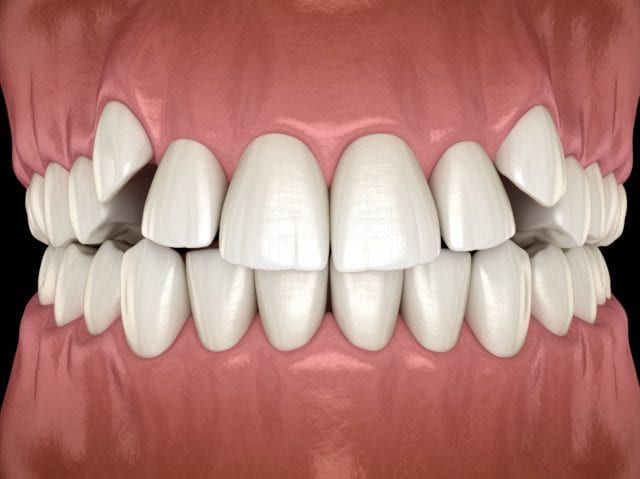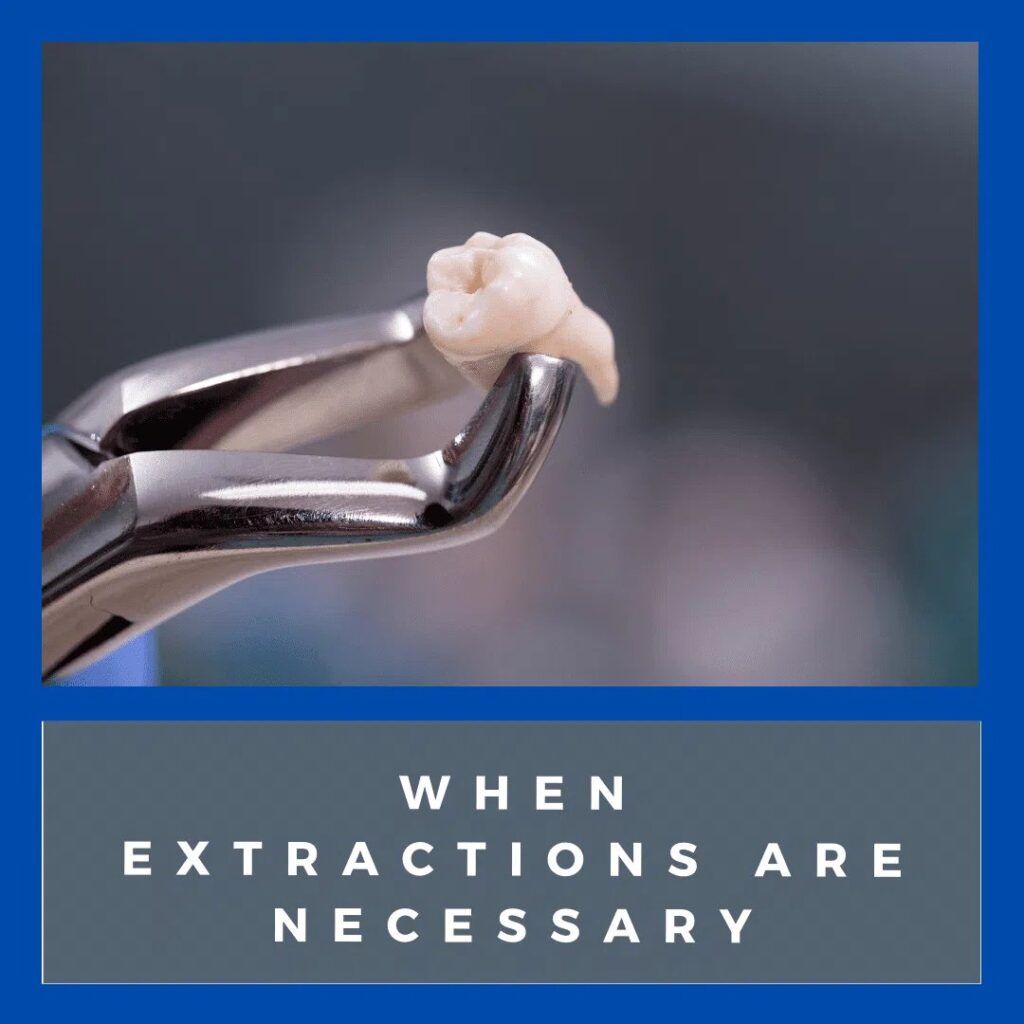Your dentist’s main priority is to preserve the look and function of your natural teeth. That is why they offer a variety of restorative treatments for cases where your natural teeth are affected by damage or decay. However, there are some cases where the natural tooth structure simply cannot be restored. In these cases, your dentist may recommend a tooth extraction.
Despite the negative connotations associated with tooth extractions, this is a relatively easy procedure. For starters, you will be anesthetized and sedated, which means you won’t feel a thing. The procedure is also quick and will be over before you know it. There are two basic techniques used for tooth extractions. The first is known as a simple extraction where the tooth is lifted out of the socket using forceps and an elevator tool. The second is known as a surgical extraction, which requires the tooth to be broken into fragments before being removed.
But, at what point will your dentist recommend a tooth extraction over restoring the tooth? As mentioned before, your dentist will try to save your natural tooth, therefore tooth extractions are generally recommended in cases where saving your natural tooth poses a threat to your oral health. Here are some examples of when tooth extraction is necessary:
Severe Tooth Decay
While most cases of tooth decay can be treated with dental restorations such as fillings, inlays, onlays, root canals, and dental crowns, there are some cases where the decay is so severe that the tooth will need to be extracted. For example, if the bacteria responsible for tooth decay have formed an abscess at the base of the tooth roots, then it is likely that the tooth will need to be extracted to prevent the extraction from spreading. Since root abscesses can cause a great deal of pain, having a tooth extraction will actually be a much needed relief.

Overcrowding
When there are too many teeth that can fit properly in your mouth, then they tend to be overcrowded. This can mean that some teeth overlap or may have even erupted at odd angles since there was not enough space for them to erupt properly. In these cases, teeth may be removed in order to increase the function and visual appearance of your smile. Extracting teeth from an overcrowded mouth allows enough space for the remaining teeth to be properly aligned by a dentist.
Advanced Gum Disease
Periodontitis is an advanced form of gum disease that can be detrimental to more than just your gums. In fact, severe periodontitis can cause bone loss in the jaw and can also negatively affect the periodontal ligaments responsible for holding the teeth in place. When this happens, the teeth can become loose and may even fall out. In some cases, your dentist will recommend extraction before your teeth are lost.
Dental Trauma
Accidents happen and sometimes they can affect your teeth. While most types of tooth damage can be fixed using restorative methods, there are some cases where the damage may simply be too great to be properly fixed. In these cases, tooth extraction is usually recommended.

